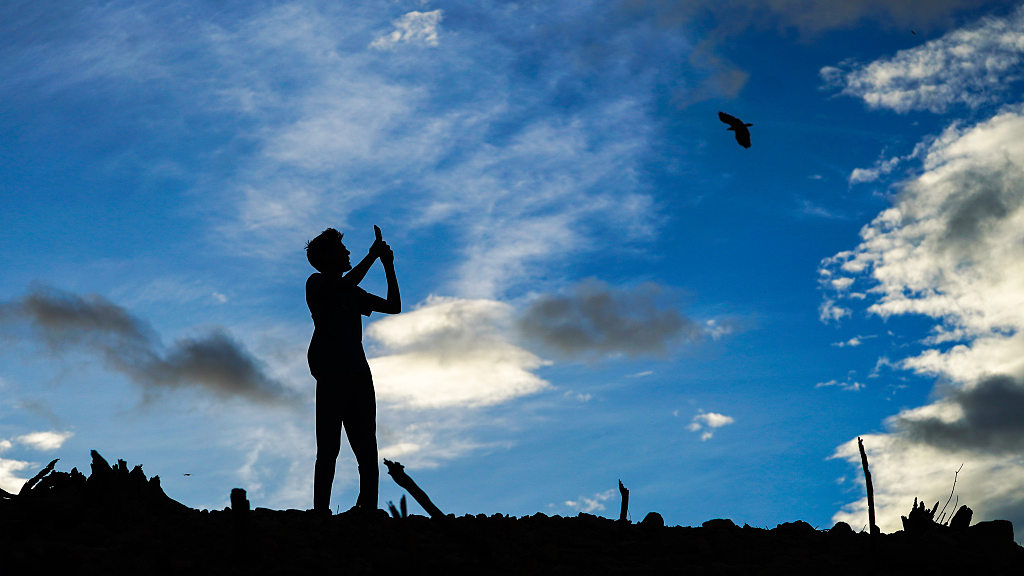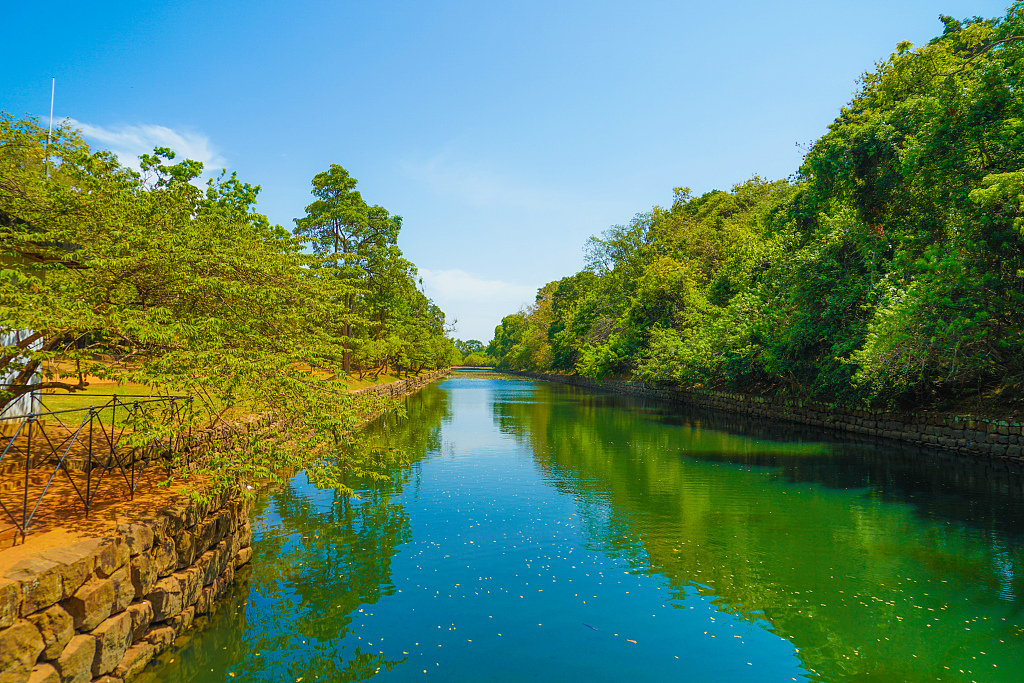A green story of the BRI: How CAS helps Sri Lanka to gain safe water

[ad_1]
Sri Lanka is an island nation located in the Indian Ocean. The island of Sri Lanka resembles a teardrop in shape, often called the “Teardrop of the Indian Ocean.”
Sri Lanka is particularly sensitive to climate change. In 2017, an official from the Sri Lankan Ministry of Irrigation and Water Resources Management told Xinhua that the country has been facing increasingly severe flooding and drought due to global climate change and the rise in extreme weather events. Reduced rainfall due to climate factors has resulted in water shortages in the central and northern regions of Sri Lanka, especially a lack of clean drinking water. In some areas, people had to drink surface river water that had undergone minimal filtration, posing a significant water quality risk. The long-term consumption of contaminated water has also made Sri Lanka a high-incidence area for Chronic Kidney Disease of Unknown etiology (CKDu).

A visitor takes pictures of the ruins of the dried Moragahakanda reservoir on September 2, 2023, in Moragahakanda, Sri Lanka. /CFP
A visitor takes pictures of the ruins of the dried Moragahakanda reservoir on September 2, 2023, in Moragahakanda, Sri Lanka. /CFP
Between 2008 and 2015, Sri Lanka sought assistance from China, and in 2015, China officially launched cooperative projects with Sri Lanka in water purification and research. A 70-member team from the Chinese Academy of Sciences (CAS) became the main force behind these projects. The team conducted a series of studies and proved a direct link between CKDu and poor local water quality. CAS researchers then used scientific techniques such as electrodialysis and sodium filtration to remove harmful particles from the water, successfully turning it into clean drinking water.
In 2020, Sri Lanka and China signed a supplementary agreement on a Memorandum of Understanding (MoU) on water research and technology cooperation, aimed at providing clean drinking water to several areas of the island country. Under the MoU, a state-of-the-art Joint Research and Demonstration Center for Water Technology (JRDC) was established recently on the campus of the University of Peradeniya, while in the coming five years, the CAS will keep funding the cooperation of the JRDC. Furthermore, three groundwater purification demonstration projects and more than 20 rainwater harvesting devices have been built in the CKDu-affected areas in Sri Lanka to provide high-quality drinking water to more than 4,000 villagers and 1,300 primary school students, according to a statement from the Chinese Embassy to Sri Lanka.

Moreover, this June, a self-developed and assisted modular drinking water plant by the CAS was inaugurated and handed over in a village of the Central Province of Sri Lanka. The modular water plant built by CAS can meet the daily water needs of 800 villagers in the nearby three villages. Due to its ease of maintenance, low cost and high water quality, Sri Lanka planned to explore the feasibility of extending this model to rural areas nationwide.
Additionally, drawing on years of water management experience, China implemented the “Sri Lanka version” of the South-to-North Water Transfer Project in the Kelani and Nilwala river basins to transport surplus water to the chronically dry Hambantota region. This project increased river irrigation and flood control capacity, helping the Matara and Ratnapura regions avoid annual flooding during the rainy season.
An official of the Sri Lankan Ministry of Irrigation and Water Resources Management said, “The ‘Belt and Road’ initiative is not only about connectivity in terms of trade and economy but also about the connection of people’s hearts along the route. Large-scale water projects between China and Sri Lanka are tangible projects that benefit the people. The true beneficiaries will be the general population, and for this, the Sri Lankan government and people sincerely thank China for the assistance.”
[ad_2]
Source link

